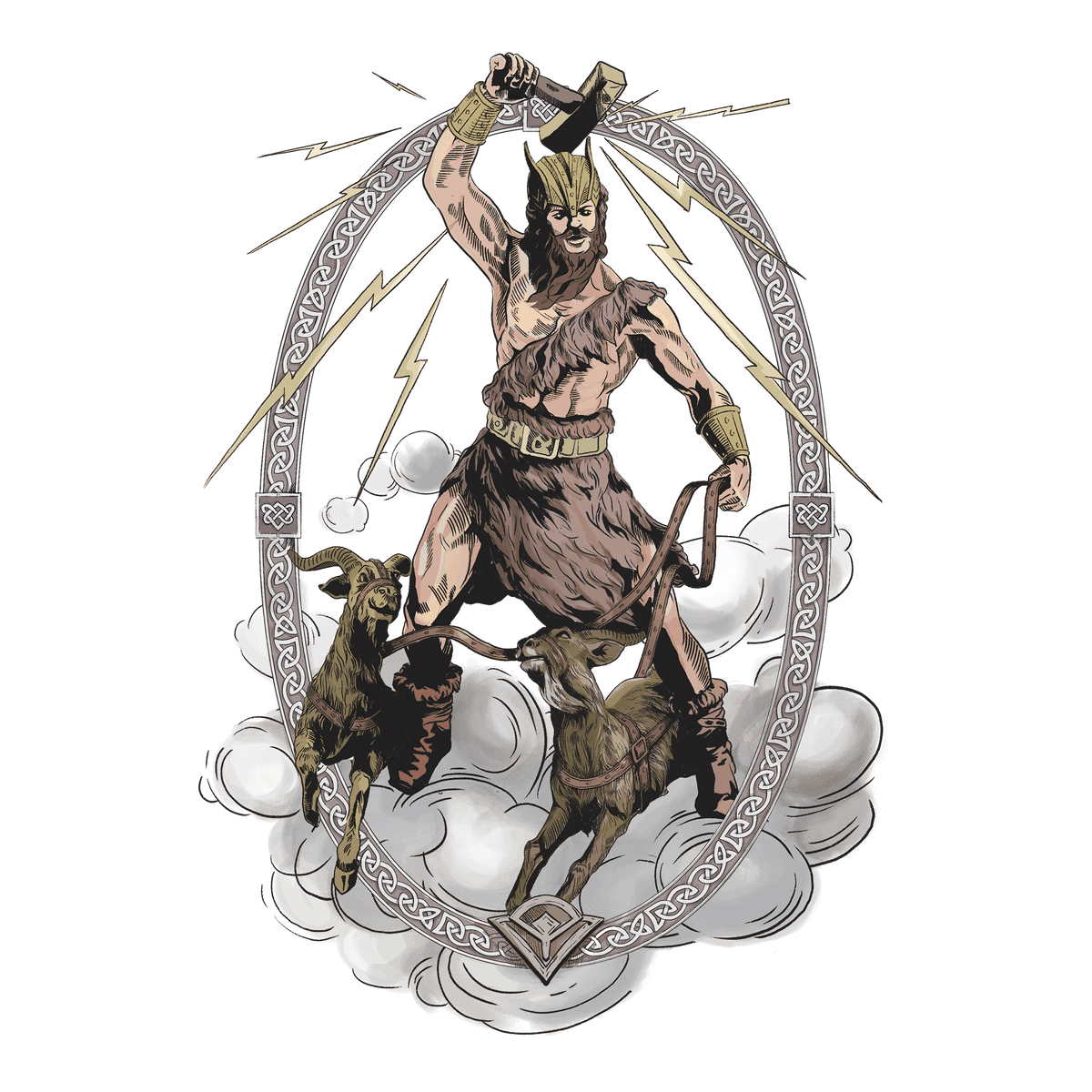
Thor – God of Thunder and protector of humans and gods
Thor is one of the most well-known and widely revered gods in Norse mythology. He is the god of thunder, battle, strength, and protection, renowned for his relentless fight against the jötnar. As the son of Odin and the jötunn Fjörgyn (Earth), he is both part of the divine lineage and deeply connected to the forces of nature. Thor is especially beloved by humans, as he serves as a protector of Midgard and ensures order against chaos.
Thor’s Character and Symbolism
Thor is one of the most prominent figures in Norse mythology and is mentioned in both The Poetic Edda and The Prose Edda. His name derives from the Old Norse Þórr, meaning "thunder." He is known for his immense strength, fiery temper, and unwavering loyalty to both gods and humans.
Thor is primarily associated with battle and protection, but he also has a strong connection to fertility, particularly through his role as a bringer of rain. Without rain, the land cannot bear fruit, making Thor an important god for farmers, who prayed for his protection and blessing for their crops.
Mjölnir – Thor’s Magical Hammer
Thor’s most famous weapon is his hammer, Mjölnir, which he uses to defeat jötnar and maintain cosmic order. According to Skáldskaparmál in The Prose Edda, Mjölnir was forged by the dwarves Brokkr and Sindri after one of Loki’s tricks. The hammer always returns to Thor’s hand when thrown, can shatter mountains, and is used in sacred rituals, including wedding blessings. It is a crucial symbol in Norse culture, often depicted on jewelry and gravestones as a sign of protection.
Thor’s Battles Against the Jötnar
Thor is the gods’ strongest warrior and their primary defender against the jötnar, the chaotic forces that threaten divine order. Many of his most famous myths revolve around his confrontations with them.
In The Lay of Thrym (Þrymskviða), the jötunn Thrym steals Mjölnir and demands Freyja as his bride in exchange for its return. Thor disguises himself as Freyja, recovers his hammer, and slaughters Thrym and his kin.
In the tale of Thor’s Fishing Trip, he attempts to catch Jörmungandr using an ox’s head as bait. He hooks the serpent, but Loki prevents him from killing it.
In the myth of Útgarða-Loki, Thor is deceived by the jötnar and fails several tests, demonstrating that even with his great strength, he is not invincible.
Thor’s Wife and Children
Thor is married to Sif, a goddess of kinship and fertility, and together they have several children. Sif is known for her golden hair, symbolizing fields of grain and fertility. Thor also has children with jötunn women, reflecting his complex relationship with the jötnar.
Among his children are Magni, the son of the jötunn Jarnsaxa, and Modi, who, along with Magni, survives Ragnarok. His daughter Thrúd bears a name meaning "strength," reflecting her divine heritage.
Thor and Ragnarok
Thor plays a crucial role in the myths concerning Ragnarok, the great battle where gods and their enemies clash in the final confrontation. According to Völuspá, Thor will battle his old nemesis, Jörmungandr. After an intense fight, he will finally slay the serpent—but will take only nine steps before succumbing to its venom.
However, his sons, Magni and Modi, will survive and inherit Mjölnir, ensuring that Thor’s strength and legacy endure in the new world.
Thor in Literary Sources
Thor is mentioned in several of the most important Norse texts, including The Poetic Edda, where The Lay of Thrym and Hymiskviða recount his battles with the jötnar.
In The Prose Edda, he appears in Gylfaginning and Skáldskaparmál, where his strength and role in mythology are elaborated upon.
In Heimskringla, references to Thor appear in historical contexts, as several Norse kings claimed descent from him.
Thor in Modern Times
Thor is one of the most iconic figures from Norse mythology and has retained his popularity in modern times. He is particularly well known from Marvel’s Thor comics and films, where he is depicted as a superhero, though he also appears in various novels and fantasy stories as a quintessential warrior.
In neopagan movements, he is still venerated as a god of strength and protection.
Conclusion
Thor is one of the most central gods in Norse mythology. He is not only a warrior but also a protector of humans, gods, and the natural order. His role as the god of thunder connects him to both battle and fertility, making him a crucial figure for both warriors and farmers.
His battles against the jötnar, his powerful personality, and his ultimate sacrifice in Ragnarok cement him as one of the greatest heroic figures in Norse mythology. Even after Ragnarok, his legacy continues through his sons and the stories that are still told about him today.

